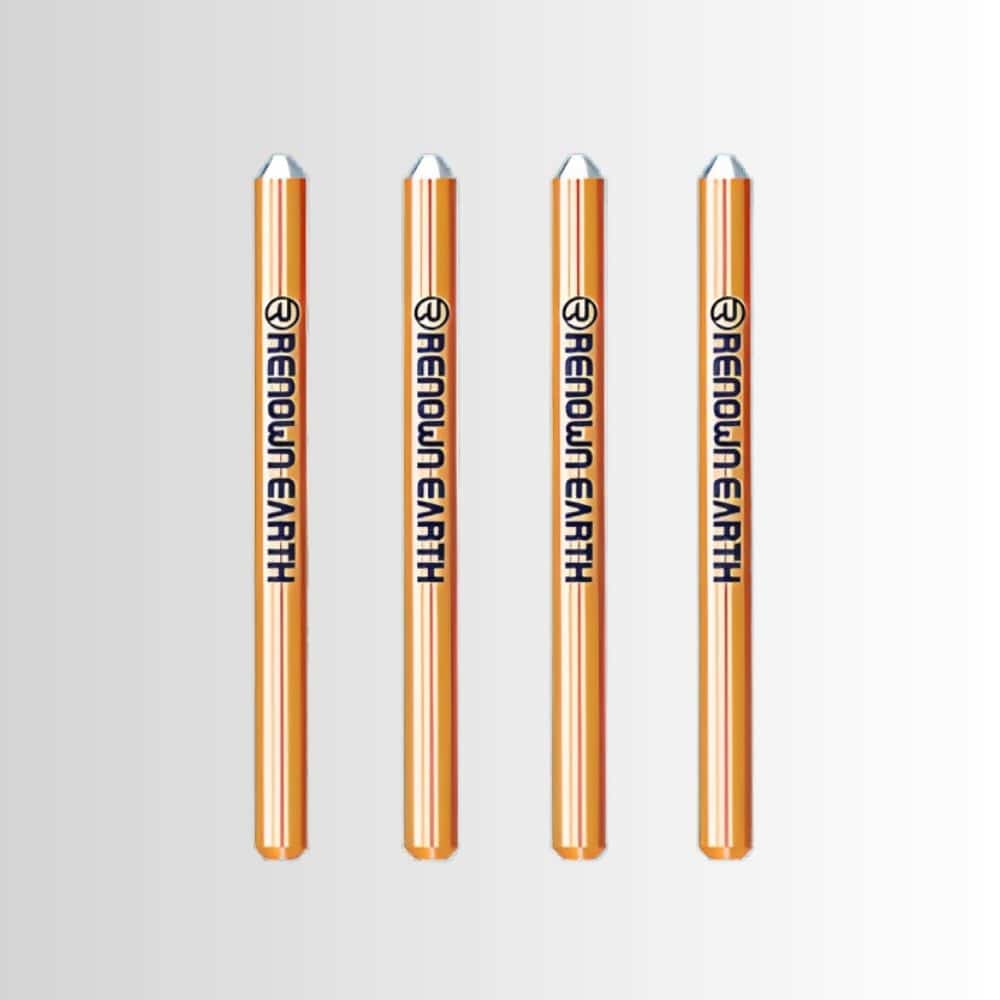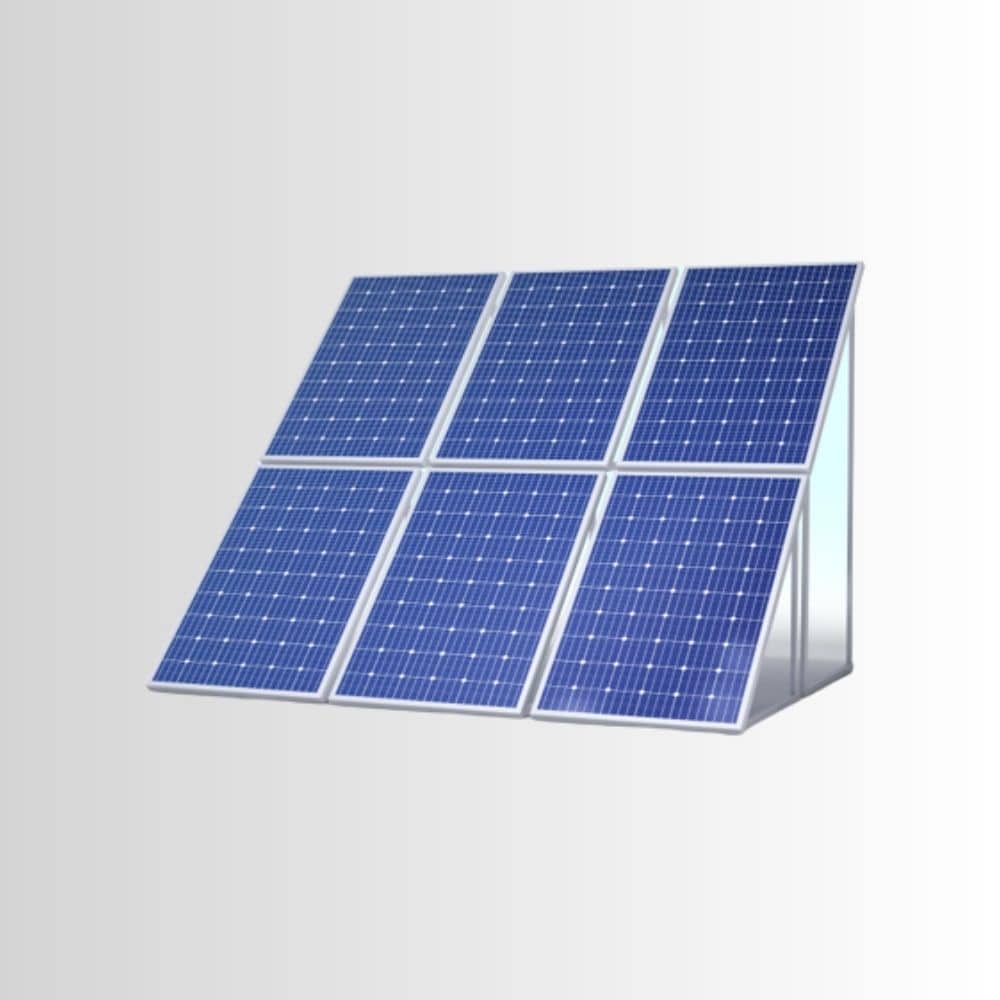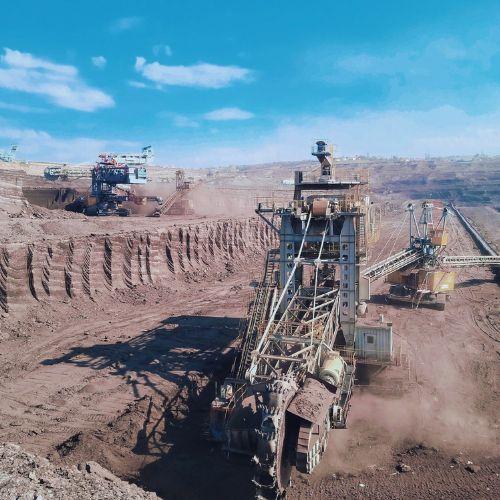Lightning Arrester
Lightning Arrester Call Now : +91-8920 507 272 Lightning Arrester Manufacturer & Supplier of India Renown Earth is a renowned manufacturer of Lightning Arresters in India. There are various kinds of lightning arresters. The construction of lightning arresters differs depending on the kind, but the operating principle is the same. Surges heading towards the earth can use it as a low-resistance route. The primary function of this arresting gear is to protect the apparatus from the elements. Lightning arresters include the rod, electrolyte, spherical, multi gap, horn, and metal oxide. Product Specifications: Minimum Order Quantity Voltage Level No. Of Poles Brand Type Arrester Length Maximum Current Voltage Rating 5 Piece Low-Voltage Single Pole RPS lightning Customized Customized Customized The lightning arrester helps in protecting against lightning strikes. It provides a low impedance path to the ground for the current. It has a very strong central ion generating system that generates ions and it does not require any external source of power supply. It works on the principle of Corona Discharge. In Corona Discharge Technology, a region of plasma is produced to ease the flow of current. It helps the Arrester capture all the voltage of the lightning without damaging the essential equipment on target. What is Lightning Arrester? A lightning arrester, also known as a lightning isolator, is a device used on electric power transmission and telecommunication systems to protect the system’s insulation and conductors from the damaging effects of lightning. This has a high-voltage terminal and a ground terminal. Many people search for “Arrester Lightning” nothing wrong with that. Types of Lightning Arresters There are two types of Lightning Arresters are there that are commonly used- ESE Lightning Arrester Conventional Lightning Arrester What is ESE Lightning Arrester? ESE (Early Streamer Emission) Lightning Arrester is also known as Air Terminal or Ionizing. Lightning Rod is a cutting-edge external lightning protection system, and it is a safe and reliable solution to prevent direct lightning strikes on your building premises or solar installations. The other name of the ESE lightning arrester is known as Active Lightning Arrester, which offers an improved Radius of protection, allowing you to reduce the number of lightning arresters and down conductors needed for your building or solar project while still providing comprehensive protection. The lightning bolt begins by traveling through a downward leader that propagates in jumps in any direction. When the bolt hits the ground, it can strike any object. The lightning rod’s goal is to become the bolt’s point of discharge to achieve a controlled impact with no damage. To expect the descent of lightning and capture it before any other object within its protection area, the ESE air terminal emits a continuous upward leader with a time of the advance. The protection radius is determined by the ESE’s time of advance–The more the upward leader expects, the higher the downward leader is captured and prevents lightning strikes in a larger area. ESE lightning arrester can be installed in any type of structure, providing a desired and controlled point of impact for a lightning strike. It allows for protecting open areas, as well as objects on the building rooftop and the surrounding area because the time of advance provides the broad protection volume. What is Conventional Lightning Arrester? A conventional arrester works as a conductor which is mounted on the top of a tower/building and is connected to the ground via earthing strips and or through a wire, to protect the building or a tower at the time of sky lightning. If lightning strikes the building, it reaches the lightning arrester and conducts all the fault current to the earth via wire, harming no life, electrical and electronic equipment, and property. It comprises copper/aluminum and the down path is made up of Aluminium/copper/ GI Strips or wire. It can be installed in high-rise buildings, monuments, structures, and bridges to protect from lightning damage. What is Spike in Lightning Arrester? Lightning rods with spikes provide lightning protection for tall buildings and isolated buildings. This conventional surge arrester is installed on the roof of the building. Traditional types of surge arresters have special grounding systems designed to safely discharge the very high voltage currents associated with lightning strikes. How does an electrical arrester work? When potentially hazardous lightning strikes, the arrester activates and directs the lightning to the earth, where it dissipates harmlessly. It’s important to remember that an arrester does not stop lightning because doing so would be dangerous. It does, in fact, limit and mitigate the electrical charge as it provides a safe path for lightning to take instead of passing through your electrical devices. Where do you put a lightning arrester? Each lightning rod must be connected to at least two down conductors and must be installed at least 2 meters above the area it protects (including antennas, refrigerating towers, roofs, and tanks). What is a Surge Arrester? Surge arresters are types of protective device that functions to limit voltage on equipment by bypassing or discharging surge currents. It aids in the prevention of continuous flow, directs it to the ground, and can repeat this process. A surge protector is recognized as a spike suppressor, surge suppressor, or surge diverter. It is a device intended to protect electrical devices from voltage spikes. It guards the appliances by diverting the fault current to the ground. SPD is intended to restrict transient extreme voltages of environmental inception and redirects flow waves to earth to restrict the abundance of this overvoltage to a worth that isn’t unsafe for the electrical establishment and electric switchgear and control gear. Does black attract lightning? Others believe that if you go outside during a thunderstorm, you should not use a black umbrella or wear a black dress because lightning strikes black objects more frequently. Fortunately, the superstition that lightning preferentially strikes black objects is not true, as it is neither scientifically nor logically proven. It also known as a surge diverter, is a device designed to protect substation equipment from
Lightning Arrester Read More »














